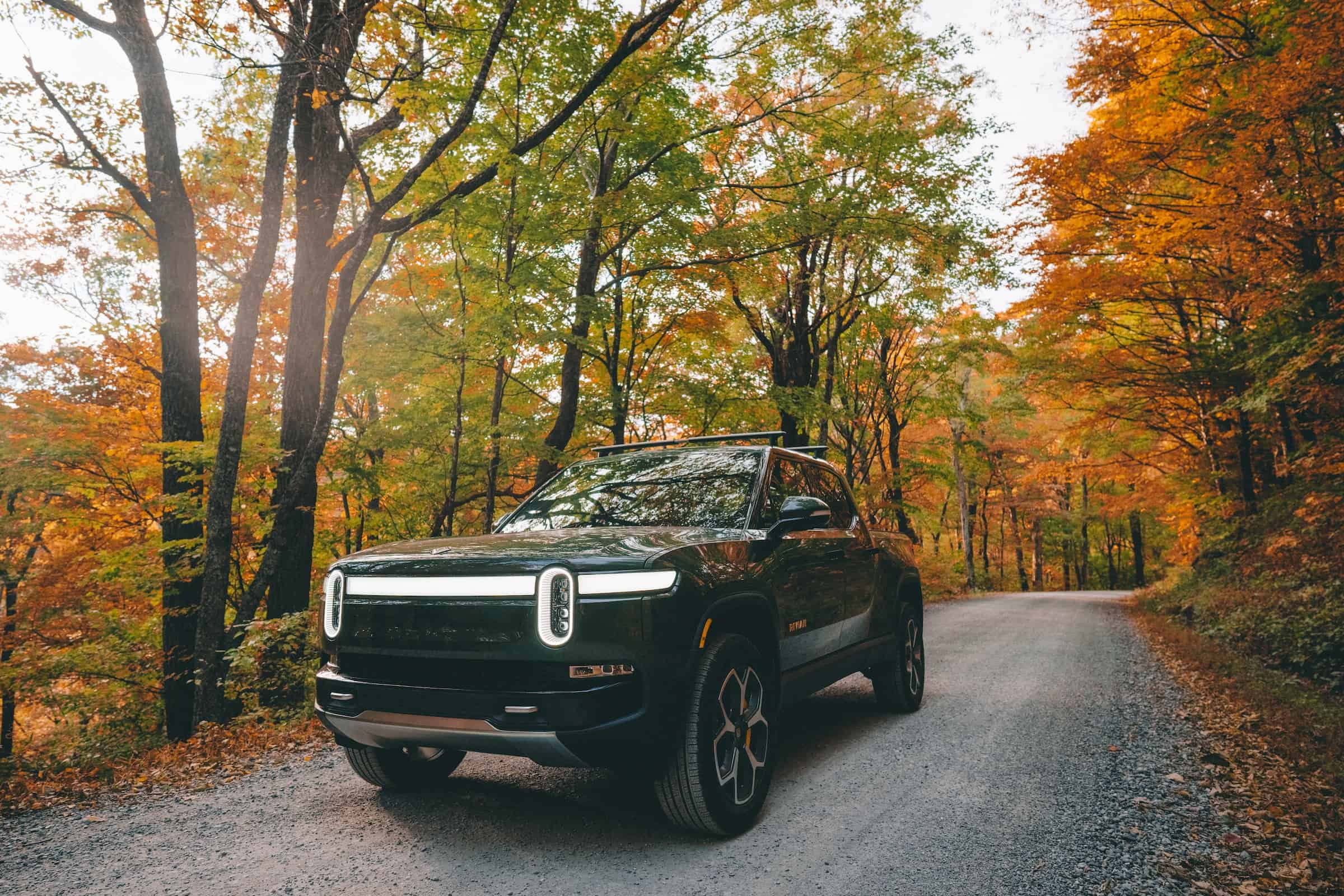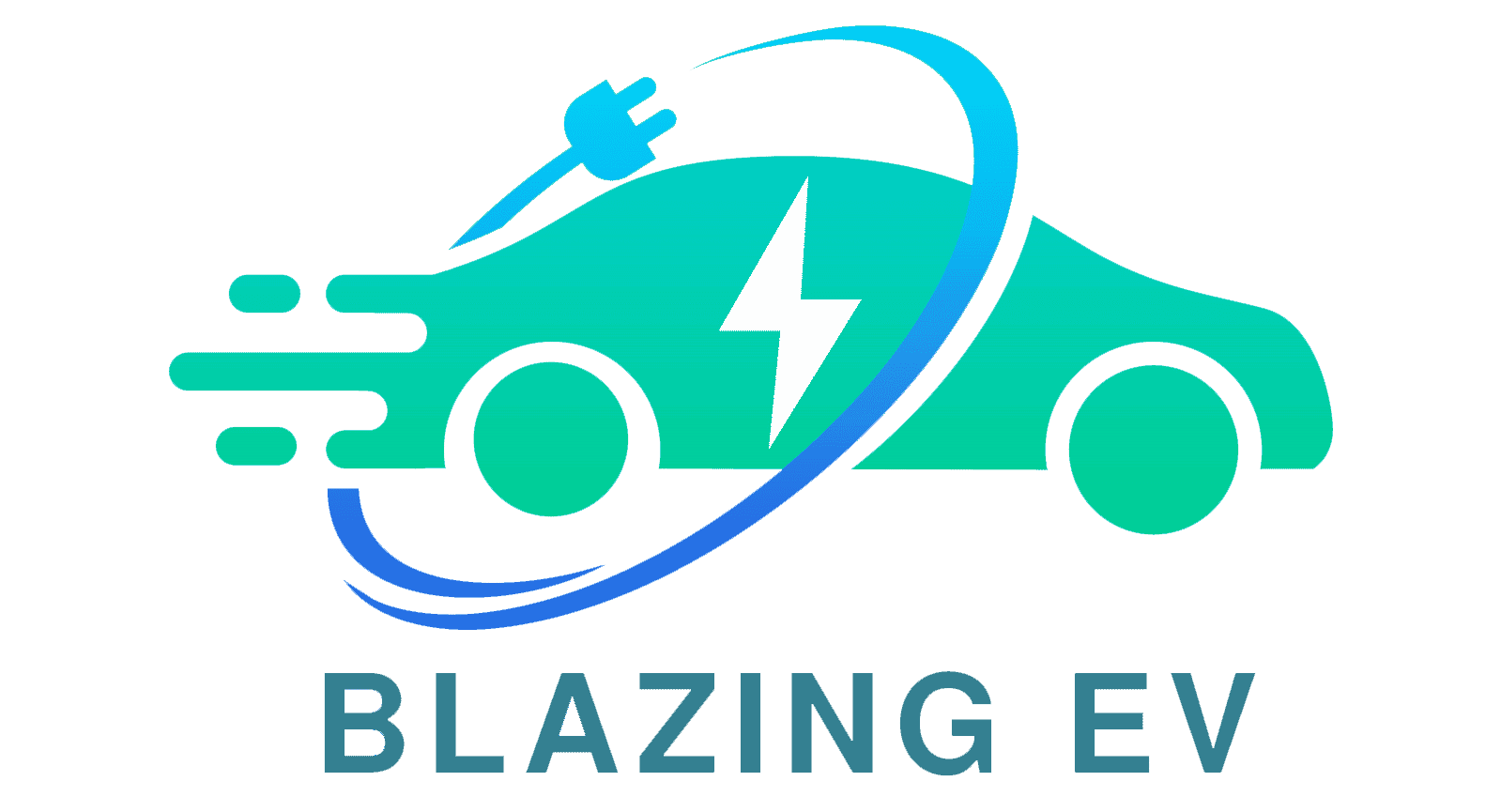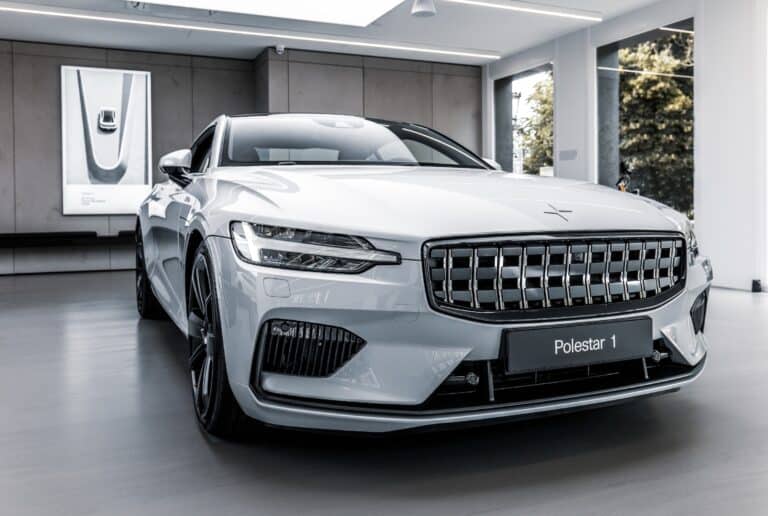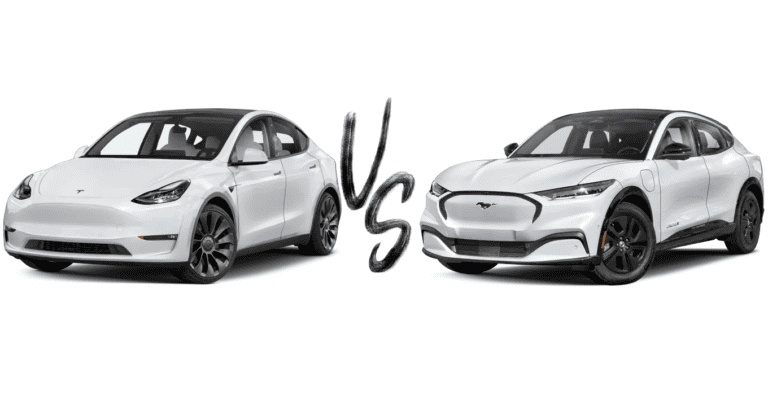Zero Emissions Towing: Exploring Electric Vehicles Range and Capacity

The towing capacity of electric vehicles (EVs) varies widely depending on the make and model. Some EVs are specifically designed for towing and have relatively high towing capacities, while others may not be designed for towing or may have lower capacities. In general, EVs with larger battery packs and higher power output tend to have higher towing capacities.
As of early 2023, the electric vehicle (EV) with the highest towing capacity is the Rivian R1T electric pickup truck, which is rated to tow up to 11,000 pounds when properly equipped. The Rivian R1T features a quad-motor system, which allows for more power and torque to be delivered to the wheels, enabling it to tow more weight.
Other electric pickups, such as the GMC Hummer EV and Tesla Cybertruck, are also expected to have high towing capacities when they become available. Specifically, the GMC Hummer is expected to have up to 7,500 pounds in towing capacity and the Tesla Cybertruck is slated to be capable of pulling up to 14,000 pounds.
Moreover, Many electric vehicles (EVs) are rated for towing, but the specific towing capacity and capabilities can vary depending on the make and model. Below are some examples of EVs that are rated for towing, along with their maximum towing capacity (when properly equipped). Note: when towing at full capacity the range typically drops approximately 40%-50% based on the average motorist review.
Rivian R1T:
- Explore Trim: 7,700 pounds; range of 300 miles without a payload
- Adventure Trim: 10,000 pounds; range of 300 miles without a payload
- Launch Edition Trim: 11,000 pounds; range of 314 miles without a payload
Ford F-150 Lightning:
- XLT Trim: 7,700 pound capacity; range of 300 miles with extended range battery and without a payload
- Lariat Trim: 10,000 pounds; range of 300 miles with extended range battery and without a payload
- Platinum Trim: 10,000 pounds; range of 300 miles with extended range battery and without a payload
- King Ranch Trim: 10,000 pounds; range of 300 miles with extended range battery and without a payload
Tesla Model X:
- Long Range Variant: 5,000 pounds; range of 371 miles without a payload
- Plaid Variant: 3,500 pounds; range of 340 miles without a payload
Audi e-Tron:
- Premium Trim; 4,000 pounds; range of 222 miles without a payload
- Premium Plus Trim; 4,000 pounds; same as above
- Premium Prestige Trim; 4,000 pounds; same as above
Mercedes-Benz EQC:
- 4,188 pounds; range of 259 miles
Volkswagen ID.4:
- Pro Trim; up to 2,700 pounds; range of 250 miles without a payload
- Pro S Trim; up to 2,700 pounds; range of 249 miles without a payload
- 1st Edition Trim; up to 2,700 pounds; range of 250 miles without a payload
- AWD Pro Trim: up to 2,700 pounds; range of 249 miles without a payload
- AWD Pro S Trim: up to 2,700 pounds; range of 240 miles without a payload
Jaguar I-PACE:
- S Trim: up to 1,653 pounds; range of 222 miles without a payload
- SE Trim: same as above
- HSE Trim: same as above
What does this mean for you?
For many, towing capacity and range is a critical factor when deciding what type of vehicle to purchase. Whether you want to tow a trailer to your favorite beach campground, or your profession necessitates a machine capable of hauling huge payloads, it is essential to weigh the options. So, the question comes down to whether an EV is the right choice versus a fuel-based vehicle…? To answer this question, it is important to consider your specific circumstances and preferences.
For instance, in general, EVs are well-suited for towing in urban and suburban settings, where the towing distance is relatively short and the infrastructure is well-suited to accommodate the unique charging needs of EVs. Additionally, EVs offer a smooth and quiet driving experience, and their electric motors can provide high torque at low speeds, which can be advantageous when towing heavy loads.
On the other hand, fuel-based vehicles can often tow greater loads over longer distances, making them better suited for long-distance hauling or off-road applications. Moreover, fuel-based vehicles are also typically easier and faster to refuel (a quick stop at your favorite fueling station for a snack and a fill up can be nostalgic), which can be advantageous for long towing journeys.
Ultimately, the choice between an EV and a fuel-based vehicle for towing will depend on factors such as the towing distance, the weight of the load, the available charging infrastructure, and personal preferences regarding driving experience and environmental impact.
To conclude, if you are leaning towards an EV, here are 10 general recommendations for towing with EVs:
- Check the manufacturer’s towing capacity and recommendations for your specific EV model.
- Don’t exceed the recommended towing capacity of your EV.
- Be aware that towing a heavy load will significantly reduce your EV’s range, so plan your trip and charging stops accordingly.
- Use a weight distribution hitch to help distribute the weight evenly and ensure stable handling.
- Be prepared for longer charging times on a road trip when towing.
- Monitor your tire pressure and adjust it as necessary to ensure proper handling and safety.
- Use regenerative braking to your advantage by allowing the EV to slow down before applying the brakes, and use it to recharge the battery.
- Practice driving in a safe and controlled environment before taking your EV and trailer on the road.
- Be mindful of the additional weight when driving, braking, and turning.
- Follow safe towing practices, such as maintaining a safe following distance, using proper signals, and being mindful of other vehicles on the road.
Happy searching!






